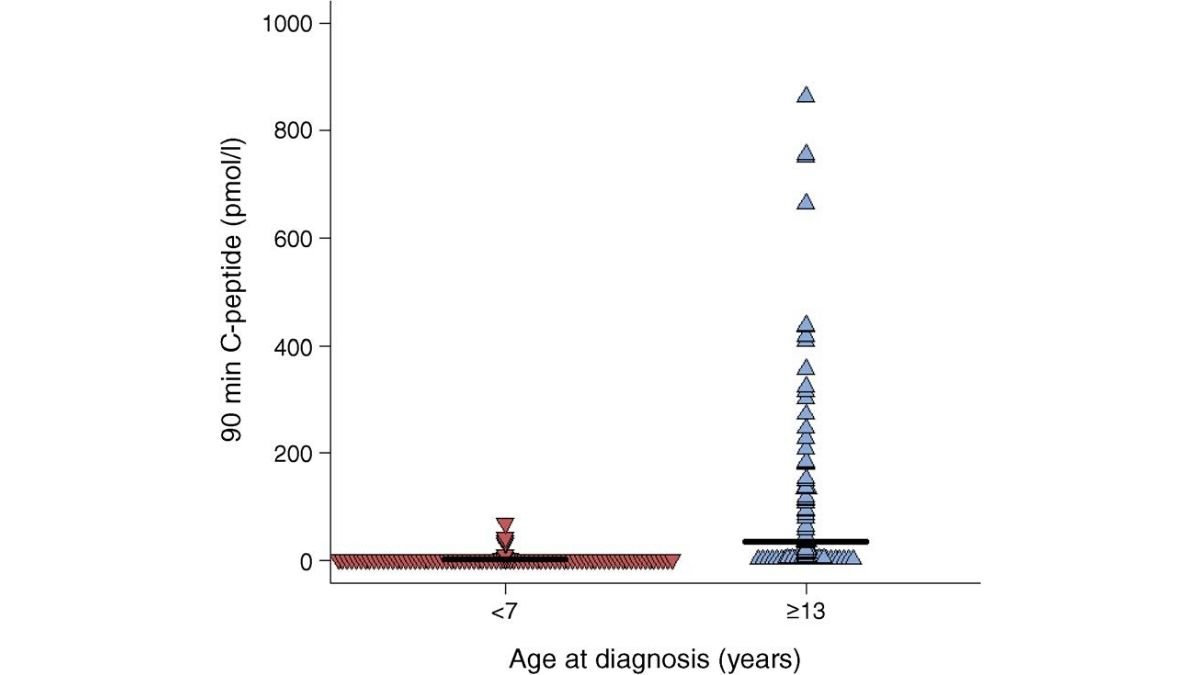
The idea of heterogeneity—a disease having different or diverse pathways to the same disease type—has been gaining ground in type 1 diabetes (T1D). It was iterated by almost all of the presenters at the 12th Network for Pancreatic Organ Donors with Diabetes (nPOD) Annual Meeting (February 23-26), and a new publication gives further support to the concept as a way to better understand T1D. In the paper, Breakthrough T1D-funded researchers—including Sarah Richardson, Ph.D., and Richard Oram, MBBCh, of the University of Exeter—found that T1D is comprised of two different subtypes, called endotypes by the scientific community, which are dependent upon the age at diagnosis.
The researchers used samples from nPOD and the Exeter Archival Diabetes Biobank (EADB), and looked at co-localization of insulin and proinsulin—the precursor to insulin—in the pancreas. They found that people under the age of 7 do not process proinsulin properly, leading to a highly aggressive attack on beta cells. The investigators propose this aggressive subtype should be defined as “type 1 diabetes endotype 1” or T1DE1. People diagnosed at 13+ years of age have lower levels of infiltrating immune cells and they retain more insulin-containing islets. Investigators call this subtype “type 1 diabetes endotype 2” or T1DE2. The field is now working hard to figure out which T1D pathways govern this.
In clinical research, the authors say, it will be important to design future immune therapies based on the distinct endotypes of T1D.
Breakthrough T1D funded other authors of the study, as well, including Andrew T. Hattersley, FRS, Noel G. Morgan, Ph.D., Bart O. Roep, Ph.D., and Timothy I. Tree, Ph.D.